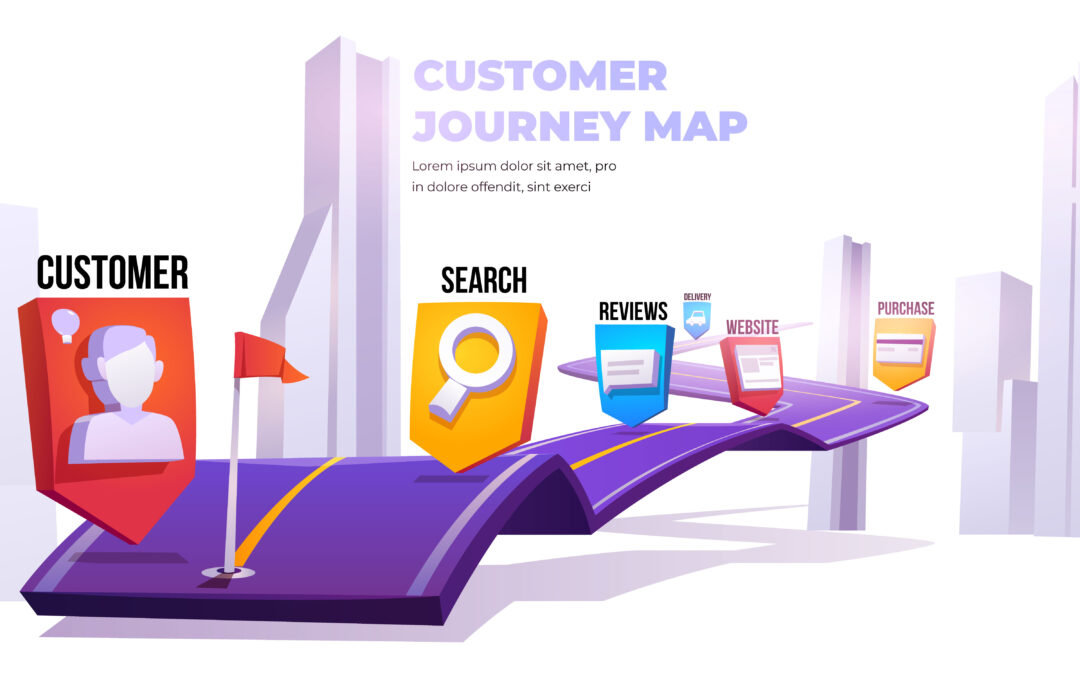Is it safe to say that you are tired of looking through your LinkedIn feed and discovering cat videos, inspirational statements, or fanciful tributes to business perfection that make you want to vomit?
Try not to stress – the social network has got you secured. LinkedIn has reported changes to its algorithm to organize better discussions in users’ feeds.
The organization utilizes the saying of ‘individuals you know, discussing things you care about’ as its structure. Therefore, as the organization clarifies, it attempts to channel through the trash and onto the great stuff.
LinkedIn organizes users by sifting through direct interactions, direct associations, for example, colleagues, and data on profiles to check interests and basic encounters. The ‘discussing’ area rewards discussions which are ‘legitimate’ and have ‘useful forward and backward’, while normal gatherings, hashtags, and pages are additionally considered.
Normally, it takes two to tango, and LinkedIn additionally accepted the open door to prompt users on best practice for its platform. “In spite of the bits of gossip, the algorithm doesn’t support a specific organization,” the organization noted. Use close to three hashtags and no more than 5 different users in a post on the off chance that you would prefer not to be viewed as a spammer. However the key is: act naturally.
“Legitimacy is vital,” composed Pete Davies, consumer product at LinkedIn in a post declaring the changes. “Every one of the tips work out better when individuals talk about things they genuinely care about, such that is normal for them. Certifiable discussion around genuine encounters flash better and more profound discussion. Better discussion, thus, prompts more grounded network and association.”
In March, LinkedIn issued a report which investigated how advertisers could impact client choices over the purchasing procedure. The examination contended that while more individuals were engaged with the tech purchasing process, the buy course of events was shortening. Advertisers in this manner expected to advocate for themselves all the more rapidly, from knowing their purchasing group of spectators, to connecting with and conveying in ‘edified purchaser’ networks.
